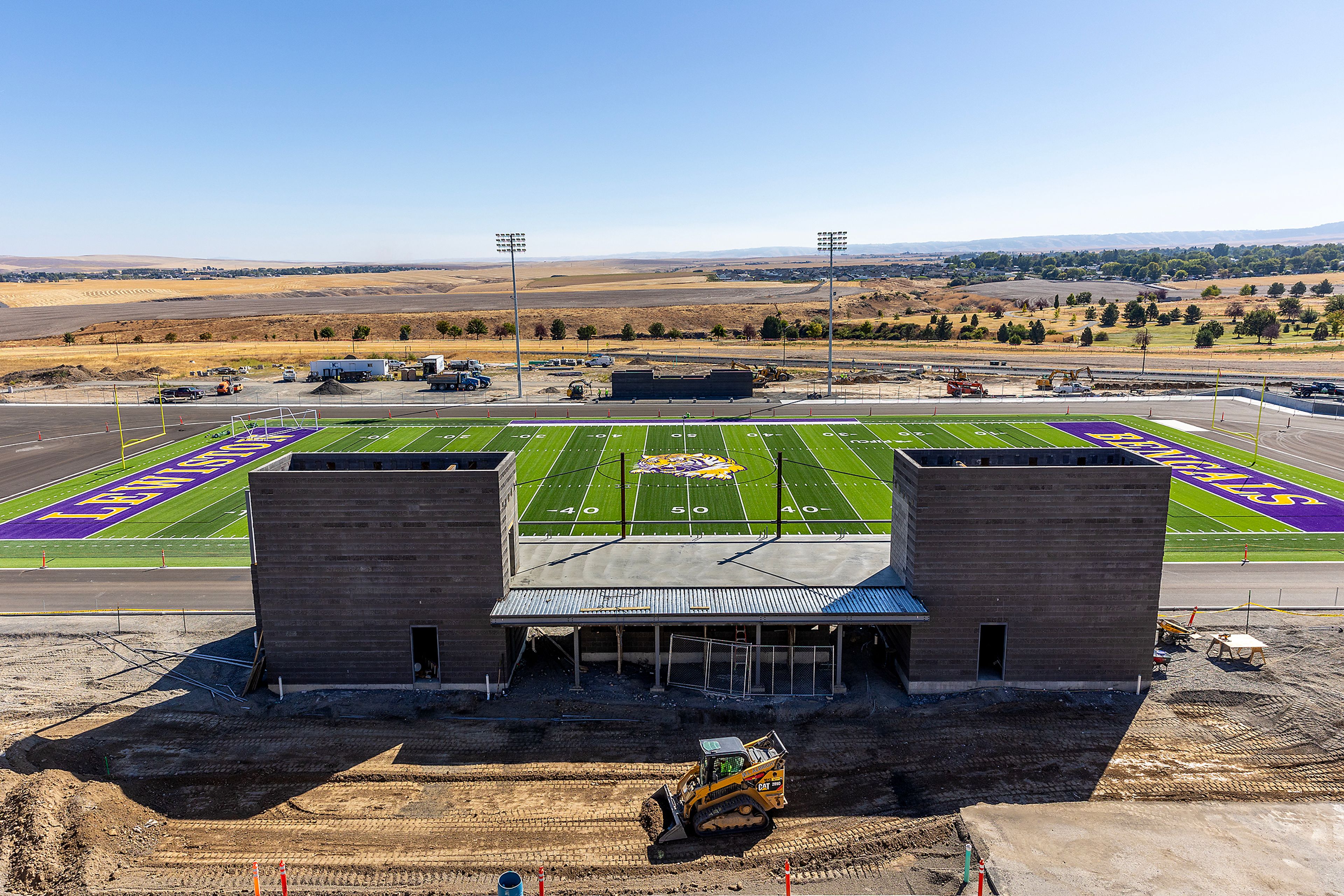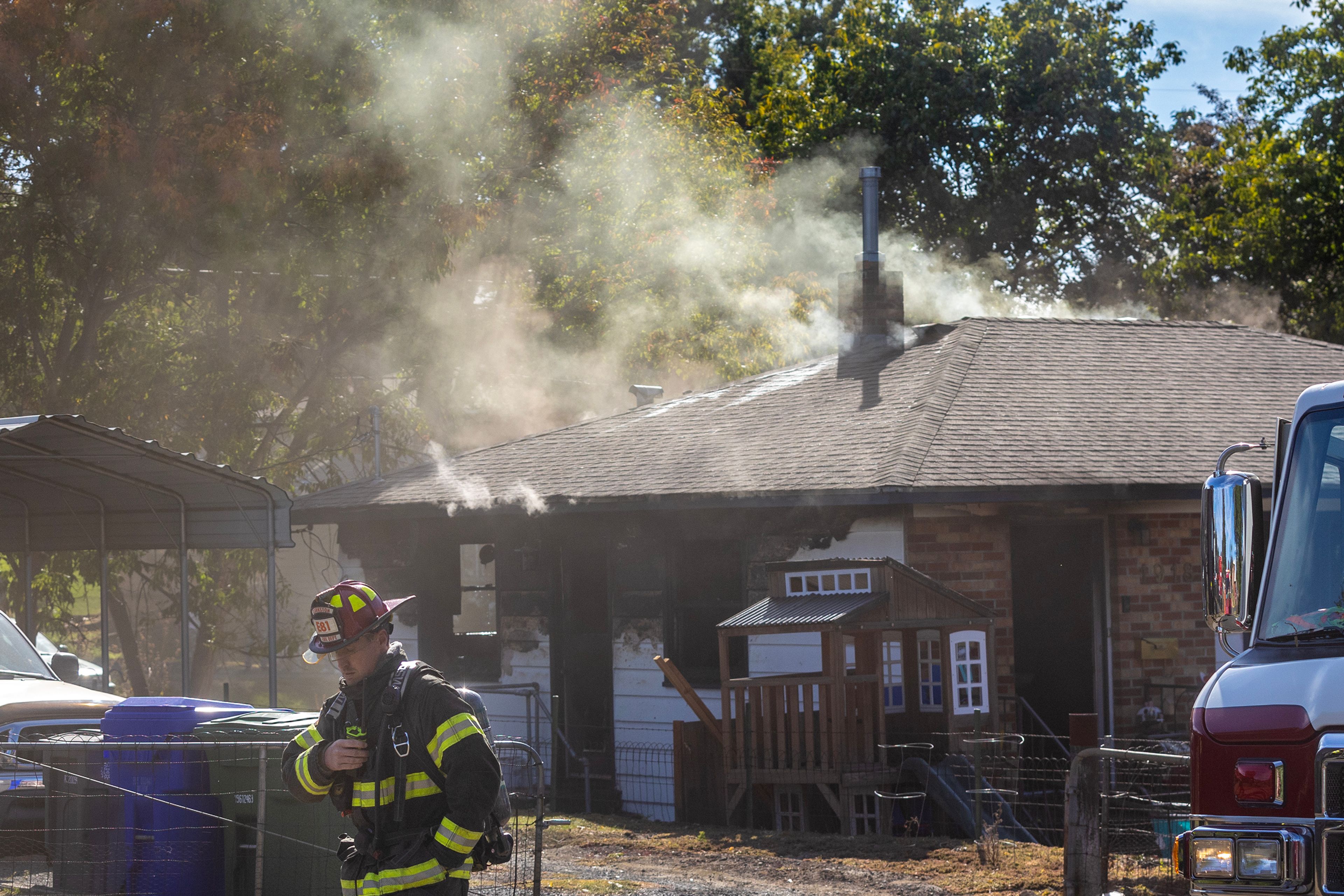OPINION: Does this local government story sound familiar?
Editorial: The Tribune’s Opinion
The city of Lewiston spreads its operations across several downtown locations.
Among them are Lewiston City Hall, the Bell Building, the Lewiston Police Station and the police training center.
Even at that, space is limited.
Add to that the need to replace roofs, address heating and air conditioning needs, repair electrical systems, renovate restrooms and deal with mold. In all, the work could cost $10 million — or about $1 million more than the city could collect if it simply sold the structures and placed them on the tax rolls.
So the city is weighing a relocation. Through a public records request, the Lewiston Tribune’s Elaine Williams learned of one possibility — three of the buildings at the Regence Blueshield campus on the southwest corner of 21st Avenue and 17th Street. The space is available because a large number of Regence’s 500 employees work from home.
Does any of this sound familiar?
A few years ago, the Nez Perce County commissioners faced the same scenario.
Their aging courthouse was overcrowded. The security of jail inmates appearing for court could not be guaranteed. Pipes in the 130-year-old building leaked, exposing records to damage. It was not compliant with the Americans With Disabilities Act. When an earthquake struck western Montana, cracks emerged in part of the structure, which led Nez Perce County Auditor/Recorder Patty O. Weeks to describe to her crumbling work quarters as a “crack house.”
So it wasn’t so much a question of whether to build a new courthouse — but where.
Among the options:
Some of the empty retail centers in Lewiston.
The old Lewiston High School.
Sites near the Port of Lewiston technology park, the Lewiston-Nez Perce County Regional Airport or the Nez Perce County Fairgrounds.
Moving away from downtown Lewiston offered cheaper construction costs. More land meant the structure could spread out rather than be confined to a multistory structure at the current courthouse location.
What followed was a string of counter-arguments.
Departing from the current location would break up Lewiston’s government district — the interconnected networks of county, city, state and public health district offices, to say nothing of the private entities that work in tandem with them. They include law firms, title companies, credit bureaus and social workers.
Transferring the courthouse away from the downtown would hurt those businesses who serve county employees, not to mention the foot traffic of citizens who conduct business with the county before venturing into downtown’s shops and restaurants.
Conversely, an abandoned county footprint might lead to more urban blight.
Among those making the case for keeping the new courthouse downtown were Lewiston city officials. “The city council was very supportive of keeping the courthouse downtown,” then-Lewiston City Manager Alan Nygaard said nearly five years ago.
The county heeded those requests as evidenced by the multistory courthouse taking shape.
Every point that applied to keeping the courthouse in downtown Lewiston is even more persuasive in discouraging the transfer of city of Lewiston offices and employees away from the city’s core.
Add one more: The city of Lewiston already has invested heavily in upgrading the downtown infrastructure — water and sewer lines, curbs, sidewalks and streets. Now it has obligated $800,000 alone on designs for its Main Street corridor reconstruction project set for 2026. Aging and inadequate water lines frequently in need of repair would be replaced with the help of the American Rescue Plan Act funds. Using a bond to leverage existing revenues, the city could upgrade Main and D streets, introducing two-way traffic on both.
This would allocate potentially tens of millions of dollars toward an urban core — with the purpose of attracting and generating economic growth in the downtown corridor.
It only makes sense. No community can thrive without a robust core business district. But how does the city expect to realize a return on its investment in a healthy downtown if it’s going to abandon that commitment? — M.T.








